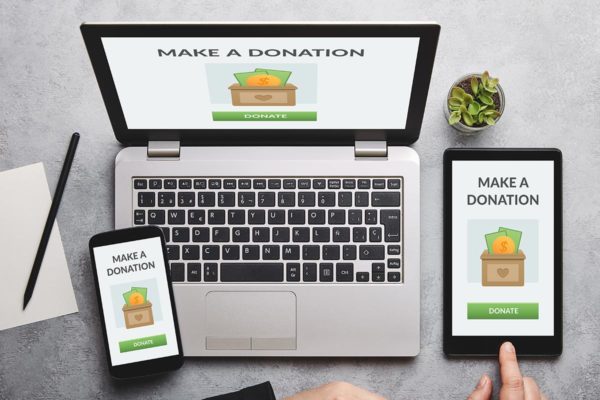Here’s a quick, easy-to-do tip to help you raise a little more this year-end…
The copy at the top of your giving form should promise the same thing – maybe even be the same copy – as the call-to-action in your year-end fundraising.
Here’s the thing. Most people who end up on your giving form over the next couple of weeks will be driven there by your letters or emails.
So make sure the copy at the top of your form – the copy that says why the donor’s gift is needed and what it will accomplish – echoes what you said in your year-end letters and emails.
This will help your donor know that they’ve landed on the right page. It will reinforce what they expect their gift is going to do.
And it will increase the number of people who fill out the form and give you a gift.
If the copy is different, say a statement about your mission and how a gift supports the organization… that will cause some donors to be a little less sure of what their gift is going to do. And that tiny lack of certainty will cause some of them to click away without giving you a gift.
Example Time
Say your year-end letter asks people to “send a special gift to keep a missionary in the field next year.”
Your giving page copy should say that same thing. It should not be boilerplate language about your organization! It should not say, “We believe that blah, blah, blah, and your gift supports our holistic approach to missions…”
If your year-end email says, “Your gift today will provide the food, medication, and loving care an orphaned Bonobo needs to survive,” then the copy on your giving page should not say, “Founded in 1972, our organization is relentless in our striving to care for endangered creatures, and your gift supports our synergistic efforts to…”
Are you with me?
Then make sure the copy on your donate page matches what your year-end fundraising promises to donors that their gift will do. To your donors, you’ll look like you have your act together. More people will complete your form, and you’ll raise more money!
This post was originally published on December 17, 2019.



